Photographic composition is a topic that usually begins with discussions about the rule of thirds and golden section and ends with people's eyes glazing over. But when you start digging deeper, there are a lot of useful things to get to know that will help you get more powerful images.
These three techniques with accompanying exercises are a great way to go beyond those basic rules very quickly. Enjoy.
Juxtaposition
Juxtaposition is basically when two things are next to each other and have a contrasting effect. That might be visual contrast or even topic contrast or emotional contrast.
In photography, good images that display strong juxtapositions are highly regarded. They require either a good eye for visual contrast or patience and luck spotting visual examples of for emotional contrast.
Exercise: Think of some possible themes for composing juxtaposed images. Some brainstorming material to get you started might be old and new, black and white, war and peace, traditional and modern, natural and artificial. The key here is to jolt the viewer with the stark difference between two things.
Now go shoot it!
Examples of photos composed with juxtaposition in mind:
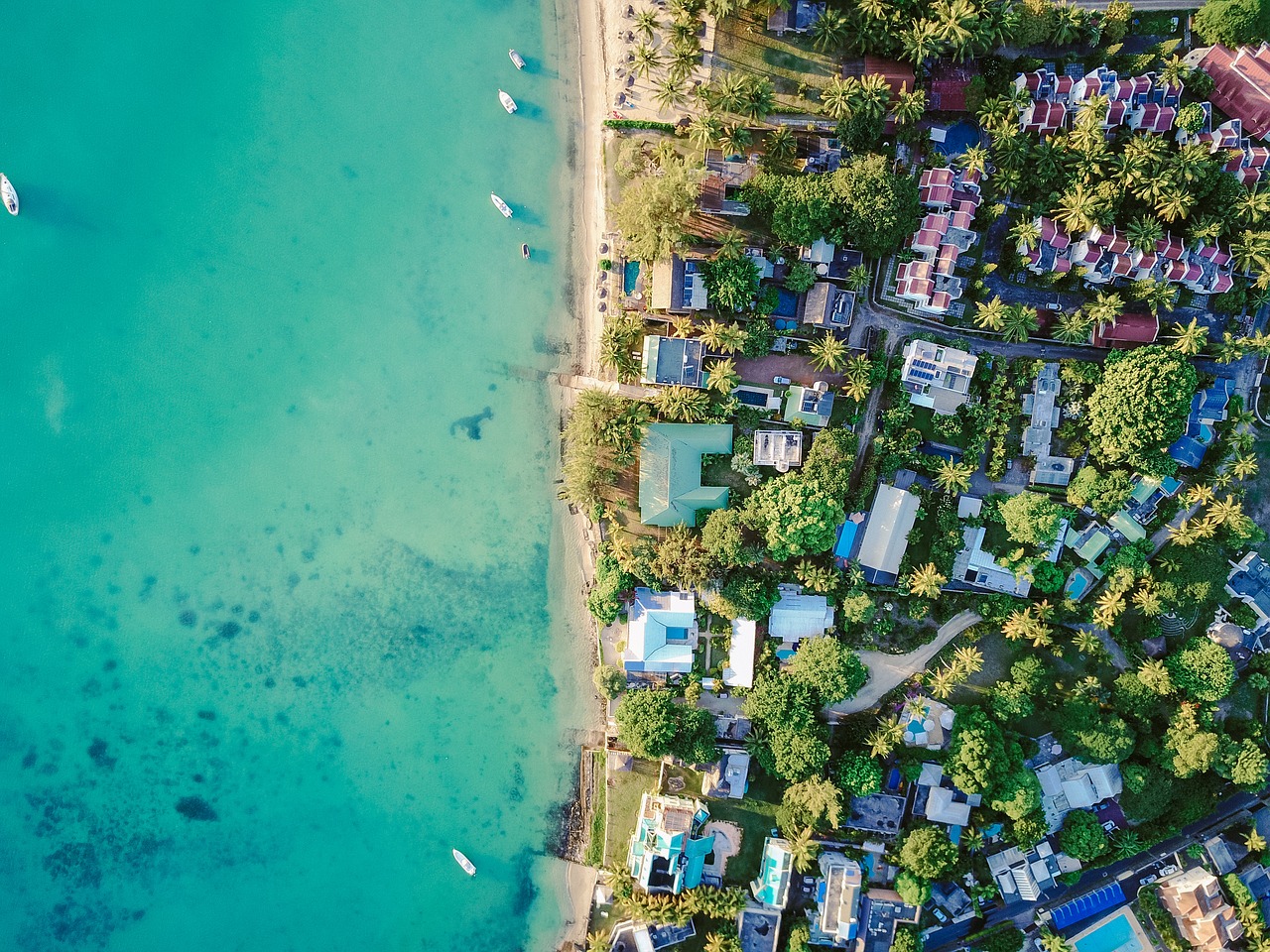
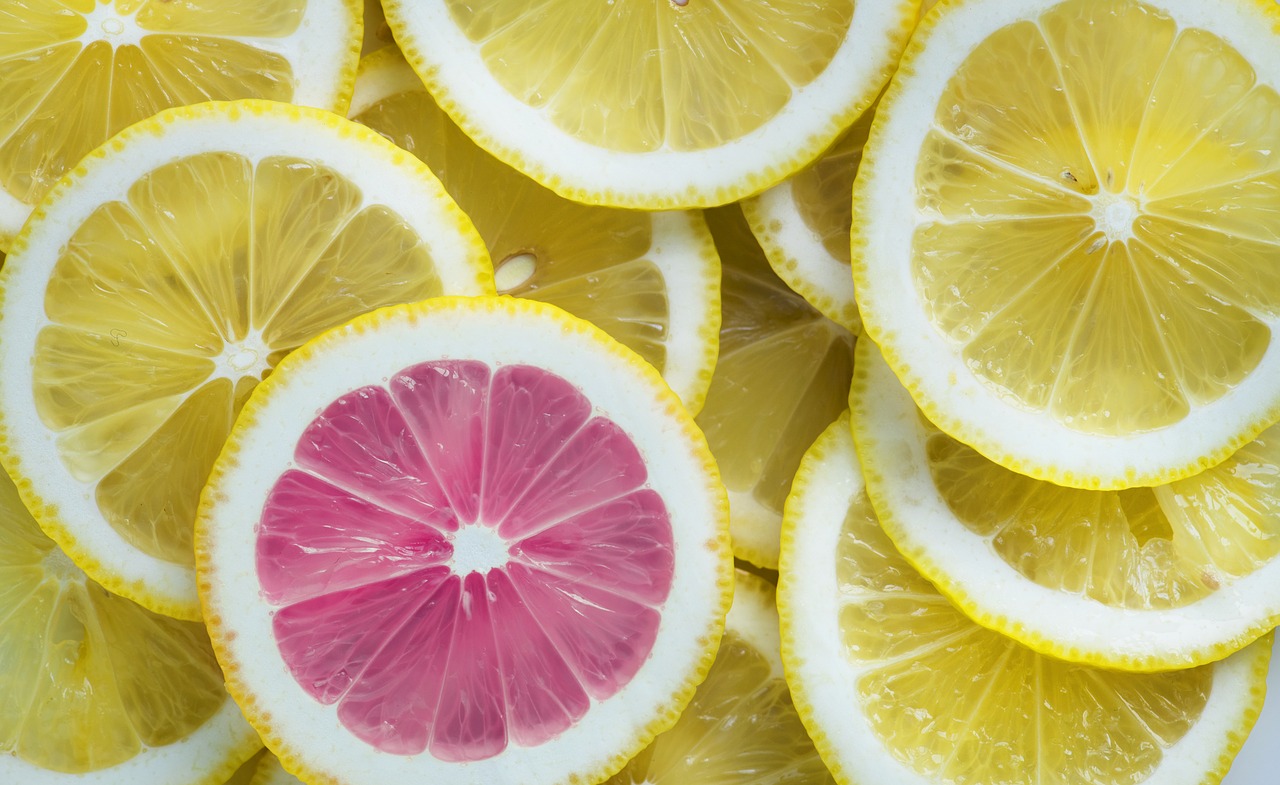
Layering
Layering a technique favored by photographers to show visual depth in an image. At its simpler end, it simply creates a visual difference between “layers” of a scene (foreground, mid-ground, and background for example).
Note: The longer the focal length of your lens, the “tighter” the layers of an image will appear stacked.
Exercise: Pick a number between 2 and 7. Now go out and try to find a scene with that number of visual layers in it. This exercise is as much about thinking in a visual manner as it is about getting a good photograph.
Of course, now you're going to shoot the scene!
Bonus points if you can shoot the scene at two different focal lengths. Look at the difference in the layers.
Examples of scenes composed with layering in mind:
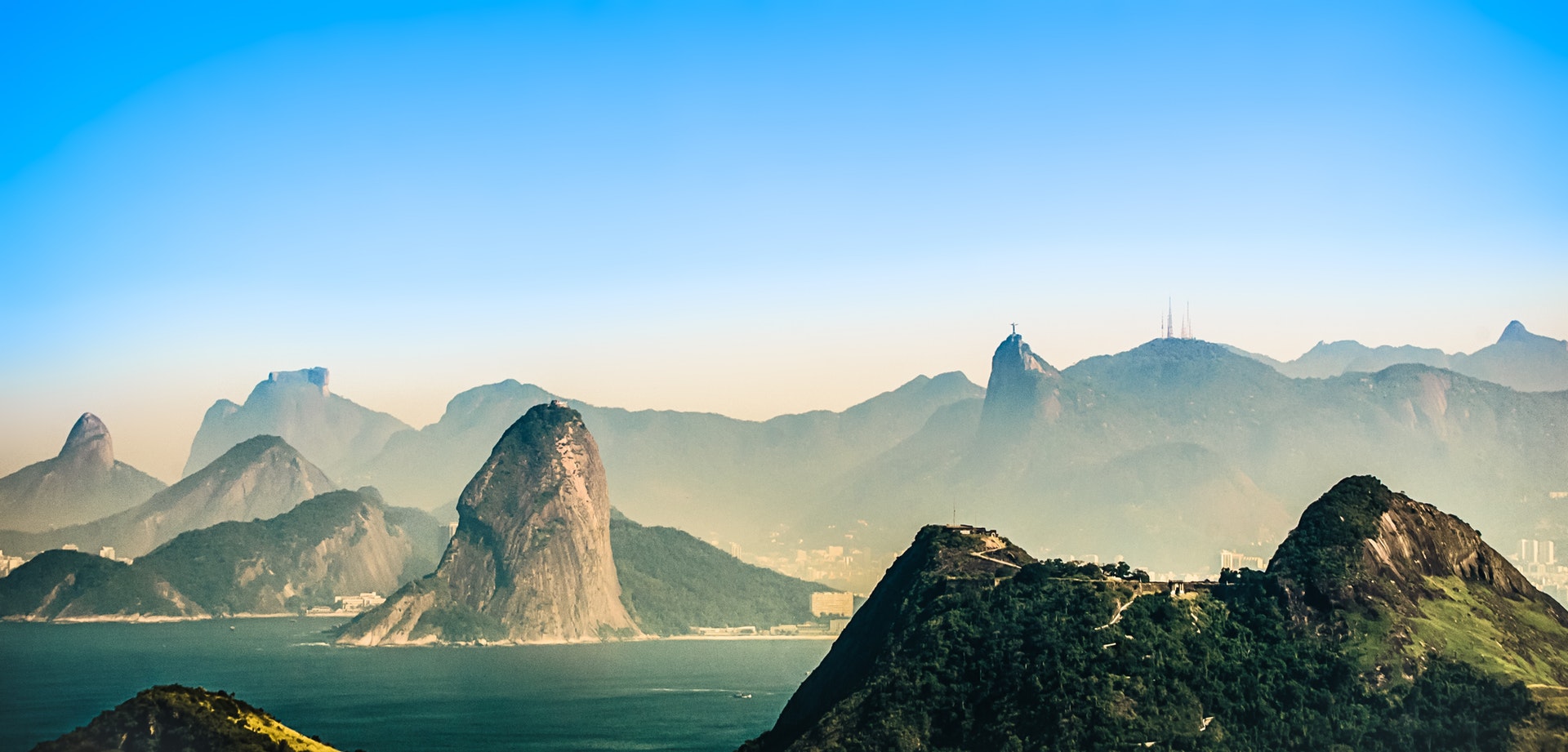
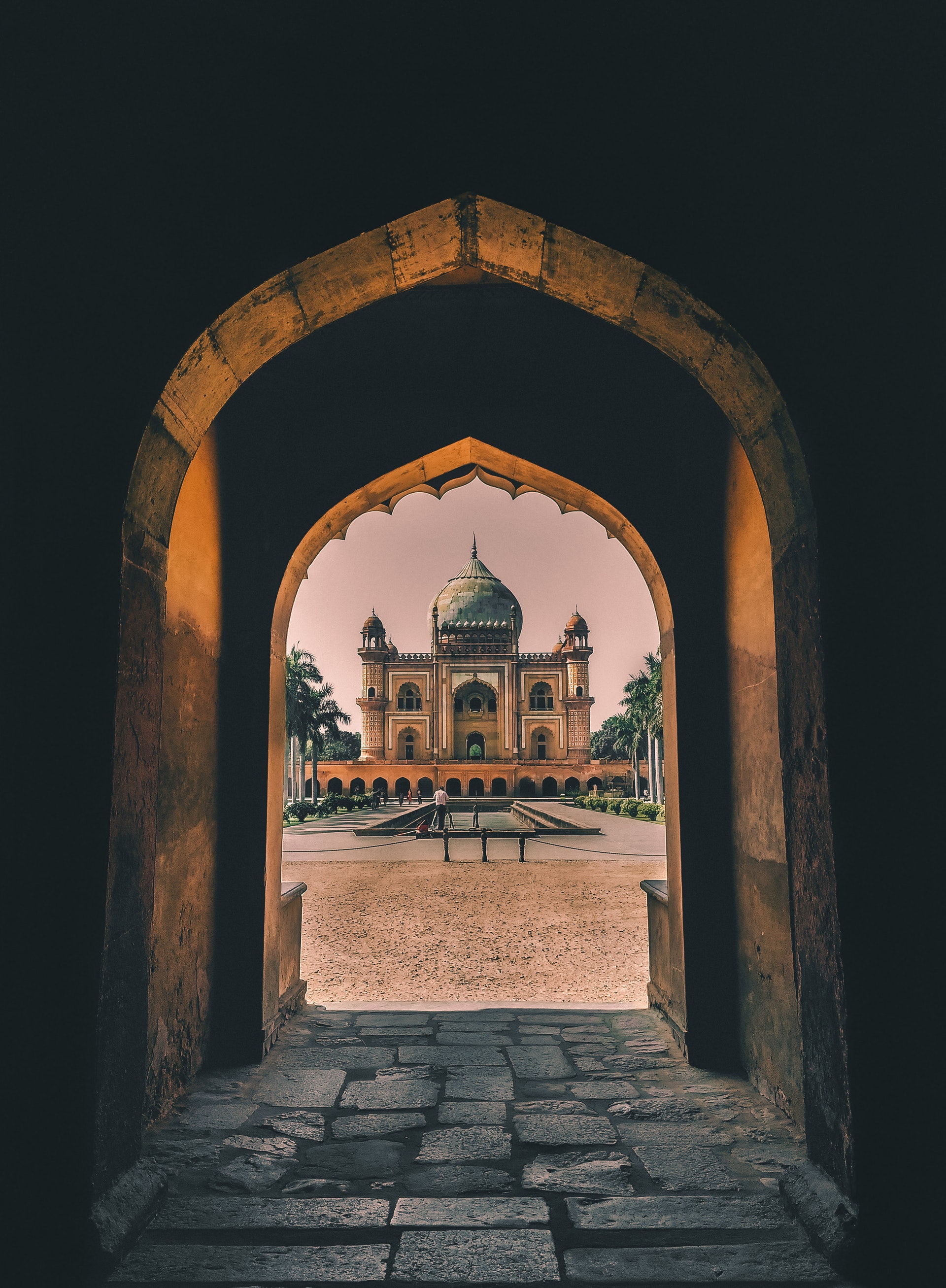
Spot Color
Spot color is characterized by placing an element of color in a broader scene. Most typically, it is done with bright or contrasting colors to produce very strong images in which the viewer is compelled to look at that part of the photograph.
Spot color is perhaps one of the easier ways to get a powerful composition, but it can be difficult to find examples when you're out scouting for shots.
Bonus tip: Using red as your spot color is basically cheat mode. People go nuts for red.
Exercise: Grab a favorite bright object from home (teapot, pencil case, book – whatever). Now go out and look for a potential background to a photograph that has the opposite (or at least strongly contrasting) color of the object you chose. Place the object, shorten your depth of field (open aperture, get close to the object and keep background far away) and shoot 3 images with the object occupying different areas of the image.
Which one works best? Why?
Examples of scenes composed with Spot Color in mind:

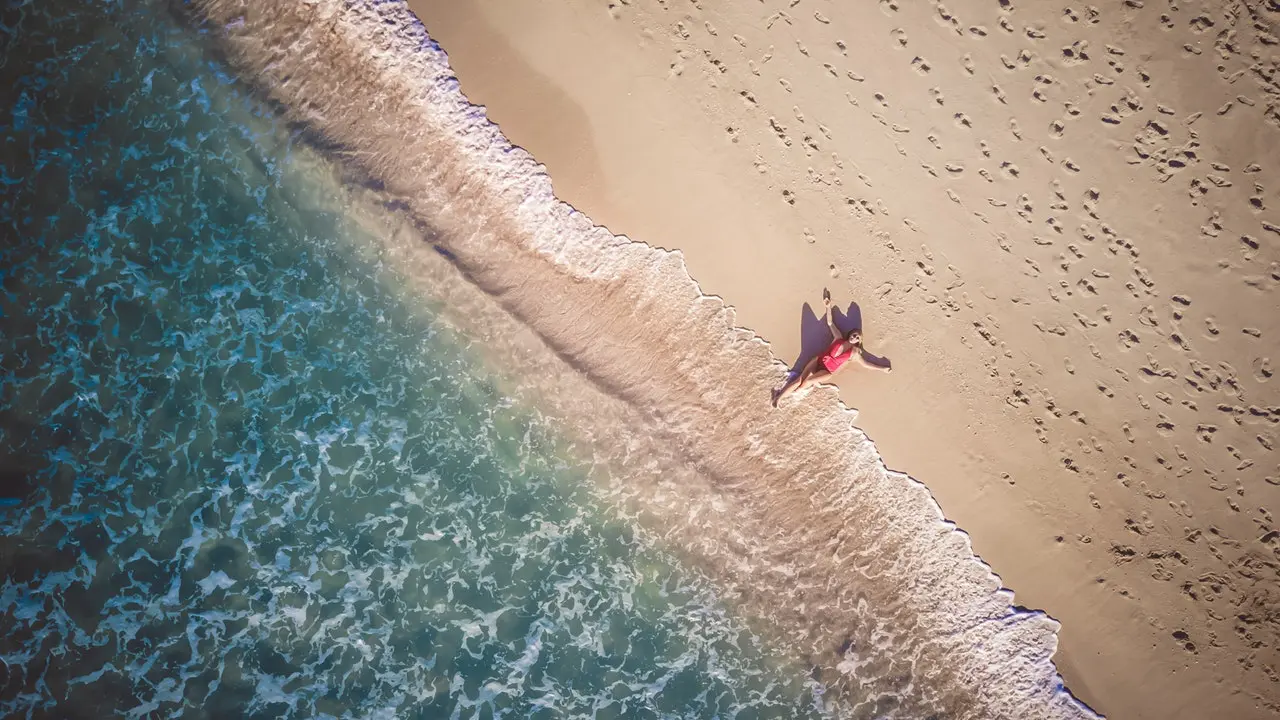
More Composition Techniques That Will Level Up Your Photo Skills
These 3 tips were all borrowed from the excellent Action Cards series from Photzy.

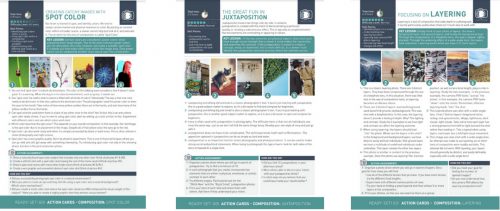




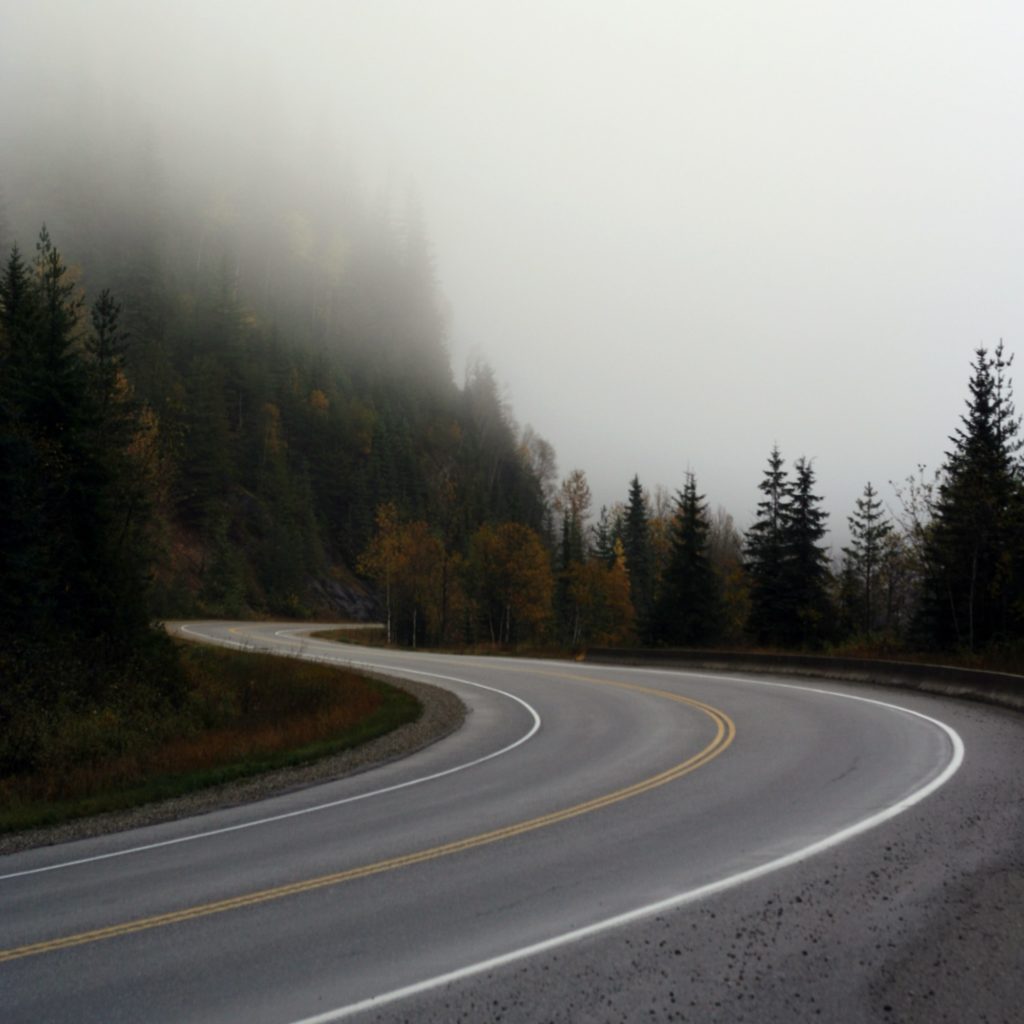
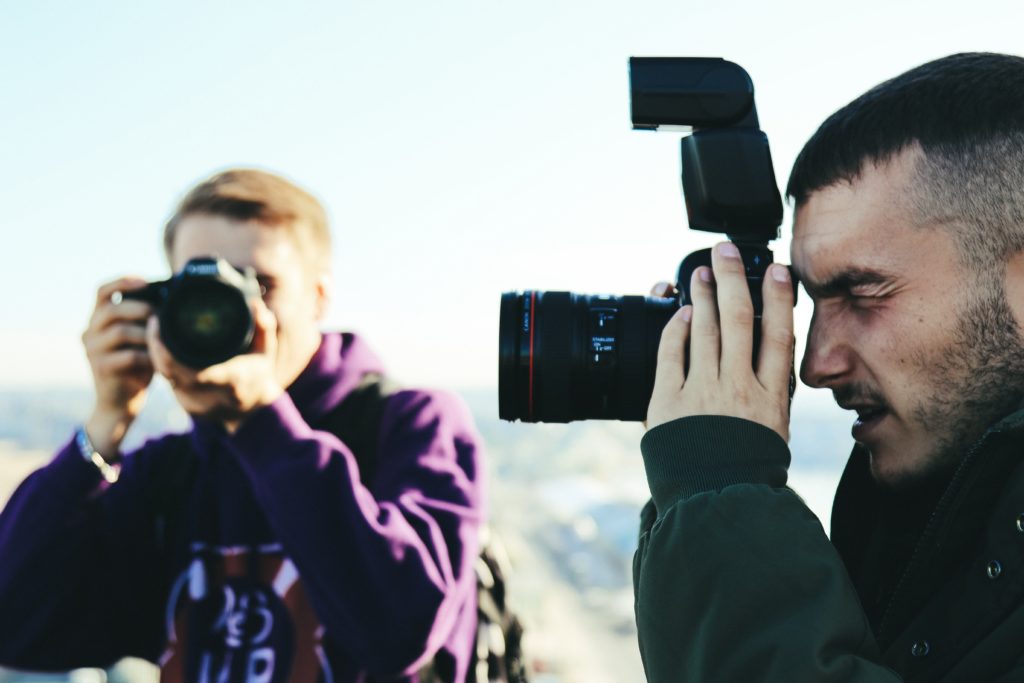
2 Comments
Nice!
Good stuff.